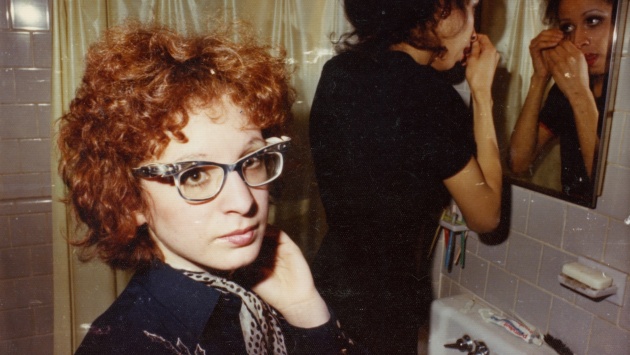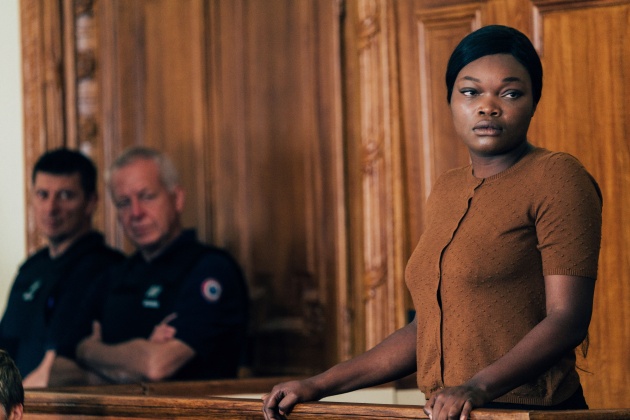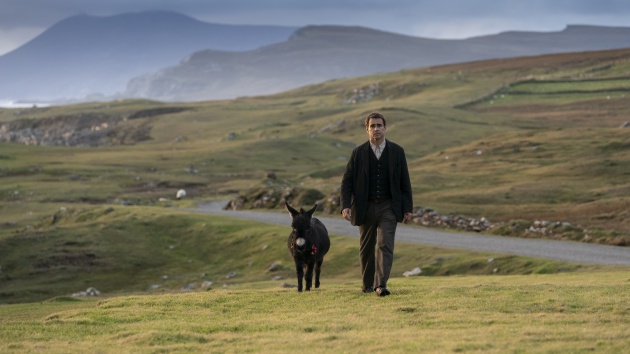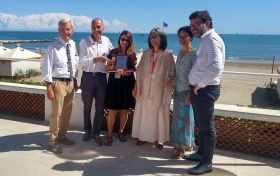Documentary, Women, Stars

All the Beauty and the Bloodshed (© Nan Goldin)
The awards ceremony of the 79th Venice Festival ended with a surprise. The Golden Lion went to the documentary "All the Beauty and the Bloodshed" by Laura Poitras. It was the second time after Gianfranco Rosi's "Sacro GRA" (2013) that a documentary won the main prize in Venice. A positive sign that documentaries are no longer considered as an inferior category but are now attracting the same attention as feature films.
Laura Poitras is no stranger to the world of cinema. In 2015, she won an Oscar with "Citizen Four," a documentary about Edward Snowden. In "All the Beauty and the Bloodshed" Poitras portrays the American photographer Nan Goldin, who documented the New York drug scene and LGBT subculture in the 1970s and 80s. The film focuses on Goldin's involvement in the opioid epidemic in the United States. The photographer, who was herself an addict, organized international protests against the Sackler family, significantly involved in Purdue Pharma, the manufacturer of the addictive painkiller OxyContin. The protests were directed against the Sackler family's role as patrons of the arts and their donations to prestigious museums such as the Metropolitan Museum of Art and the Guggenheim Museum in New York, the Tate Modern and the National Portrait Gallery in London. Poitras documents how Nan Goldin eventually succeeds with her protests and the museums refuse further donations.

The Grand Jury Prize also came as a surprise. The award went to the feature film debut of Alice Diop. In "Saint Omer," she reconstructs the trial of a young woman who killed her 15-month-old daughter by dumping her on the beach, where she drowned. Rama, a writer from Paris, follows the trial in the provincial town of Saint Omer in the North of France. She is researching a novel about the ancient Medea myth. What connects the director and her main characters is their identity as black women in France and their common origin from Senegal. However, the two storylines remain relatively unconnected. The sober way this traumatic story is told gives the film an enigmatic quality which nevertheless impressed the critics as well as the jury.

That Cate Blanchett would win Best Actress was to be expected after her tour de force as the lesbian star conductor in "Tár". More difficult to comprehend, on the other hand, was the Best Actor award for Colin Farrell as one of the leads in "The Banshees of Inisherin," a grotesque comedy that tells the story of two men on an island off the west coast of Ireland. Surprisingly enough many critics were delighted by the film's bizarre humor. Colin Farrell can't help but being dumbfounded when Brendan Gleeson informs him that their friendship has come to an end for no reason. After a litany of absurd dialogue, the confrontation comes to a bloody head. Fingers are cut off, a house is set on fire, and a dwarf donkey dies. All this takes place in rural Ireland of 1923. One may assume that writer-director Martin McDonagh ("Three Billboards Outside Ebbing, Missouri"), had in mind a parable of the Irish Civil War, which is mentioned several times and whose explosions can be heard from afar. Why the jury awarded the screenplay prize to this confused story remains an unsolved mystery.
Finally, some good news. Luca Guadagnino won Best Director for "Bones and All." 28-year-old Taylor Russell, the cannibal in love alongside Timothée Chalamet, received the award for best young actress. So there is justice in this festival world after all!

